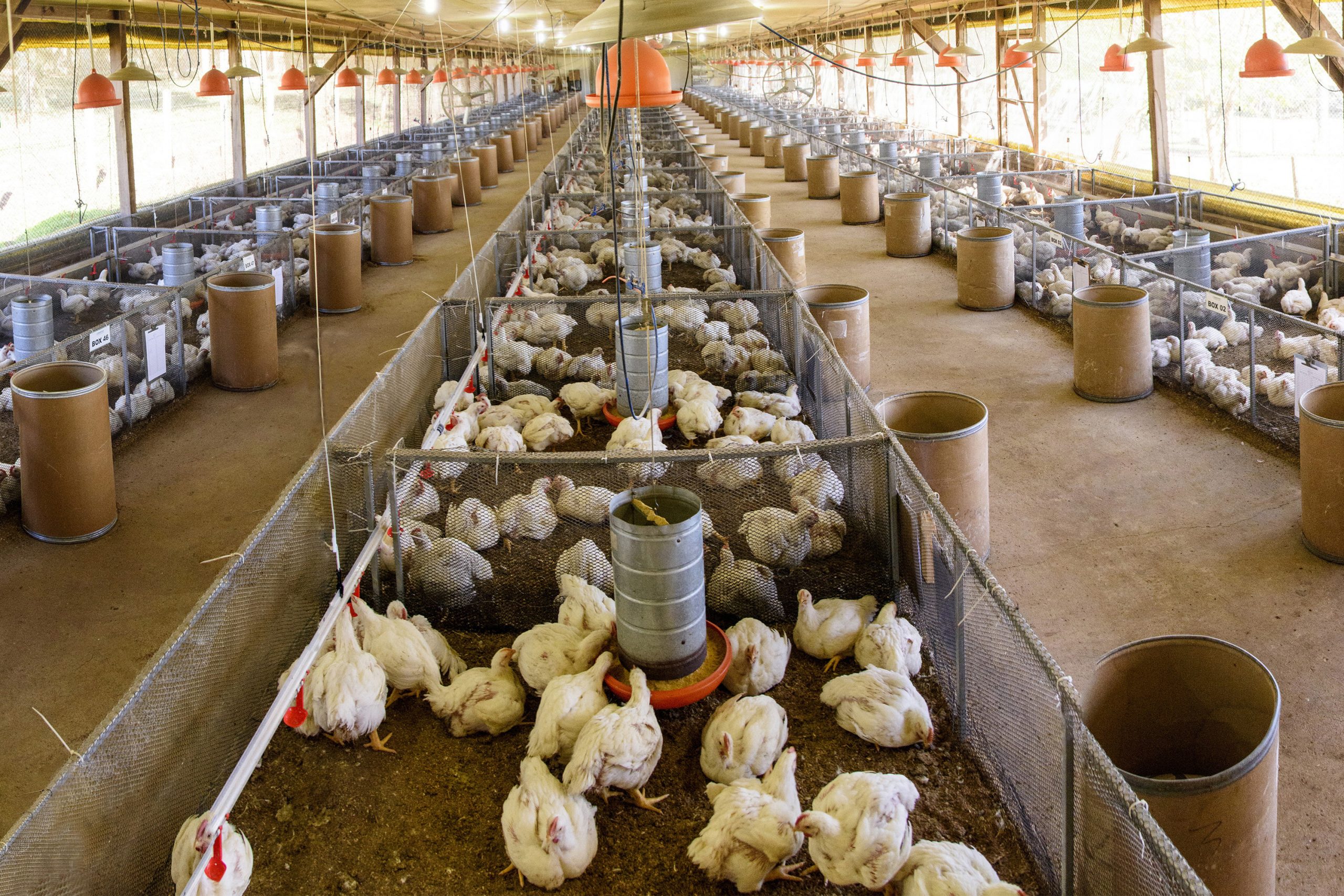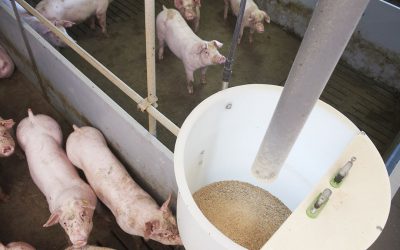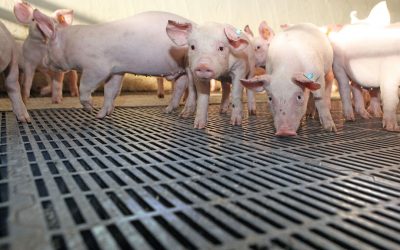Fortifying gut barrier functioning

The intestine is the key link between ingested mycotoxins and their detrimental effects on the animal. This challenge to intestinal health will predispose the animal to intestinal infections and impair efficient digestion and absorption of nutrients with the associated effect on animal productivity. Therefore, a healthy gut and intestinal lining are imperative.
When considering mycotoxins, the focus is normally only on the post absorptive effects of mycotoxins, whether they manifest in chronic or acute signs. This is a major oversight of the impact mycotoxins have in the intestinal environment. Mycotoxins have varying bio-availabilities, some will be more rapidly absorbed, whilst others will get further along the gastrointestinal tract (GIT). When passing by the intestinal lining they can be transported transcellular or paracellular through the enterocytes. Enterocytes contain different surface proteins, such as efflux proteins that are responsible for pumping toxins back to the lumen or tight junction proteins that are responsible for gluing enterocytes together. When tight junction proteins are affected by mycotoxins more translocation of bacteria and toxins will take place, resulting in an increased immune response and a state of inflammation, also referred to as leaky gut.
Altered immune responses
When mycotoxins are present in the lumen and down-regulate the expression of tight junction protein genes, these tight junctions will less be sealed and will allow more bacteria and toxins that are present in the lumen towards the lamina propria to pass through, so called translocation, resulting in decreased resistance. When more toxins and bacteria are passing the gut barrier they will trigger pro-inflammatory cytokines and eventually will lead to inflammation, which again will result in more damage to the cell lining and leakage, which is a vicious circle. Mycotoxins therefore, increase
permeability of the intestinal epithelial layer, resulting in excessive and uncontrolled leakage of foreign material into the animals leading to inflammatory and altered immune responses (Figure 1). This eventually impairs growth and performance. Numerous immune cells are sensitive to mycotoxins, such as macrophages, B- and T- lymphocytes, natural killer cells, but mycotoxins can also alter cytokine secretion and suppress anti-body response.
Figure 1 – Immune responses in the intestine.

Decreased resistance or increased permeability, not only leads to increased translocation of bacteria, but also to nutrient leakage. This together with damaged barrier and impaired nutrient digestion and absorption make mycotoxins a predisposing factor for necrotic enteritis. All of these factors together affect animal productivity and producer profitability, and should always be taken into account when assessing the cost effectiveness of counteracting mycotoxins. Inflammation not only compromises the integrity of the intestine, but also has an energy and nutrient cost. When comparing mycotoxicosis to other infections or diseases leading to growth losses, mycotoxicosis leads to the second biggest loss, next to digestive bacterial infections, mainly due to decreased feed efficiency and reallocated energy away from growth towards maintenance and immunity.
Strategies to reduce mycotoxin absorption
To reduce the effect of mycotoxin on performance losses, there are different strategies to reduce the absorption of mycotoxins in the intestine and their damaging effect on gut barrier functioning. Most anti-mycotoxin additives contain HSCAS or clay minerals to bind the mycotoxins to their surface enabling them to be absorbed in the gut. Other strategies to tackle mycotoxicosis can be found in enzymatic detoxification and providing the appropriate support to the animal controlling its inflammatory response and oxidative status. Elitox is designed to combine these different strategies to optimally protect your production animals against a broad spectrum of different mycotoxins co-occurring together in the final diet.
From multiple in vivo researches performed with Elitox in monogastrics and ruminants, it has been clearly shown that the product successfully reduces the absorption of different mycotoxins, counteracting the changes in blood biochemistry and circulating immune cells. Moreover, it has a proven immune supporting effect even in the absence of mycotoxins, by providing more monocytes and macrophages as first line immune response and protecting the target organs, such as liver and intestine, from damage by mycotoxins. The use of biomarkers and flow cytometry in our studies have served as great tools to quantify these changes in immune response after gut damage by the ingestion of mycotoxins.
It is highly recommended to use a broad spectrum mycotoxin eliminator to prevent damage to the gut, inflammation and production losses induced by mycotoxins. Even at concentrations below detection limits, mycotoxins can have detrimental effects on productivity due to their underlying effects on gut integrity and immune suppressive properties.











